In this way the germination process begins and it will last around 48 hours.
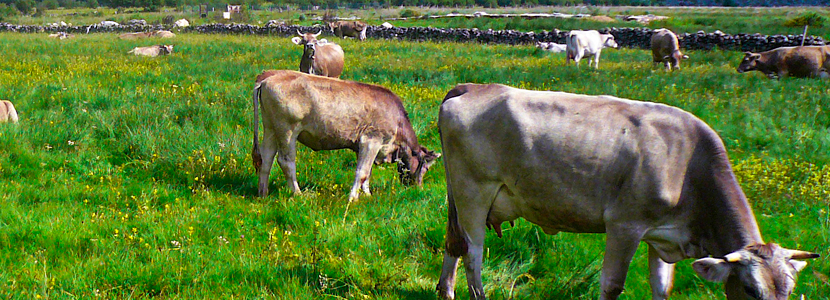 15 Feb 2022
15 Feb 2022
Hydroponic green forage presents a novel alternative within animal nutrition. To reach the maximum production potential in animals, it is essential that they have a sufficient supply of food and that it is of quality throughout the year. However, this is not always possible, either due to climatic variations, times of the year in which temperatures are adverse, prolonged droughts, or regions where the scarcity of soil and water resources prevails.
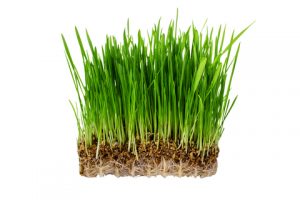
Hydroponic green forage (HGF) is presented as an alternative for the manufacture of feed for production animals which is becoming more popular. HGF is a new technology for the development of plant biomass from seeds of high germinative power, without the use of land, because plants grow only in water. In this way, a product with high digestibility, palatability, good nutritional contribution and suitable for feeding ruminants, poultry, pigs, rabbits and horses is obtained.
Hydroponic green forage (HGF) consists of a product obtained as a result of the germination of seeds (such as oats, wheat, corn, barley or legumes such as alfalfa), which are given the appropriate conditions of light, temperature and humidity to grow. These become suitable or are available for consumption within a period of 10 days.
The great advantage of this system is that it provides the same food during the years’ 365 days. There are practically no variations in terms of its composition, no dependance on climatic factors, and very little use of space and small amounts of water.
Performance and Nutritional Value
It is estimated that for each kg of seed between 6 and 10kg of fodder are obtained, with 35% dry matter (DM).
The energy input of HGF is 2.5 Mcal of Metabolizable Energy per kg of DM.
The digestibility of the feed is very high, close to 93%. In addition, it does not present waste since the animals consume both the shoots, as well as the roots and seeds that remain ungerminated.
The contribution of crude protein ranges between 16 and 20%
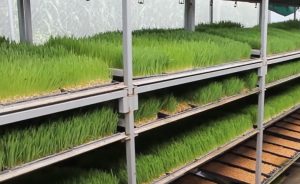
Protocol for the elaboration of HGF
[register] It is very important to make a good selection of the seeds that are going to be used. They must have a germinative power above 85%. Seeds that are split or present any kind of impurity must be avoided as this can promote the presence of fungi.
The amount of seeds will depend on the plant species being used. Optimal densities per square meter range from 2.2 to 3.4 kg of seed.

2.Washing
Once the seeds are selected, they must be washed. They are placed in a water solution with 1% sodium hypochlorite (10ml/liter of water), for 30 seconds. This time frame should not be extended too long because it could harm the seeds. Then the seeds must be rinsed repeatedly with clean water.
3. Hydration and planting
The seeds should be left embedded in water for about 24 hours. After that time, the seeds are placed in trays or platforms, which must be previously washed and disinfected.
A thin layer of pre-germinated seeds is distributed, which should not be greater than 1.5 cm in height.
In this way the germination process begins and it will last around 48 hours.
For proper germination, it is necessary for the seeds to be subjected to darkness.
Between 4-5 days later the interlacing of the roots is formed. This necessary for the seedlings to be fixed. At this stage it is important that the excess water is drained in order to prevent the seed from rotting or fermenting. For such purpose the trays should be inclined and have perforations in the lower part.
When the first leaves appear, watering with the addition of some nutrient solution can be applied.
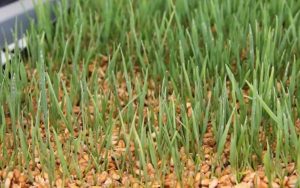
Harvest
It is carried out approximately after 10 days, when the forage reaches about 25 centimeters in height.
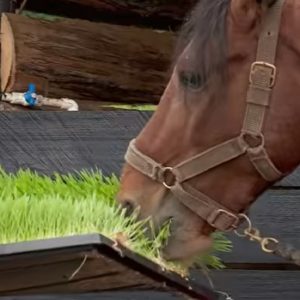
Environmental conditions for producing HGF
It is very common that fungal contamination occurs under the conditions of preparation of the HGF. Especially when temperatures are very high and air circulation is scarce. It can also occur due to overwatering. In order to prevent it, 4 factors must be controlled: temperature, luminosity, aeration/ventilation and humidity.
Temperature
It is one of the most important variables in the production of Hydroponic green forage, so an adequate control must be carried out trying to keep the temperature as constant as possible between day and night.
For winter cereals such as wheat, oats, barley, rye, etc. a range of 15 to 20 degrees Celsius is recommended. While for corn, sorghum or alfalfa, the production should take place between 21 and 28 degrees Celsius.
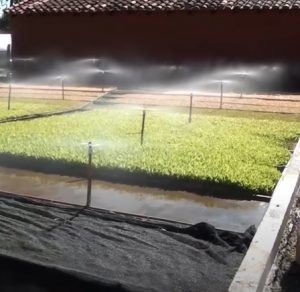
Luminosity
The first days of the process, until the seed germinates, it must be covered so it remains in the dark. Then, it’s going to require anywhere from 2,800 to 40,000 luxes.
Humidity
The relative humidity of the environment is very important. It should not be below 70% or greater than 90%. The quality of irrigation water is another important factor. The pH value of the water should range between 5.5 and 6.0, except for certain cases such as legumes that tolerate a pH close to 7.5.
Ventilation
Carbon is the most important nutrient for the plant. If there is little air movement, the supply of carbon for the fodder will be low and green matter production will decrease. On the other hand, excessive ventilation can cause a dry environment with the consequent significant decrease in production due to forage dehydration.
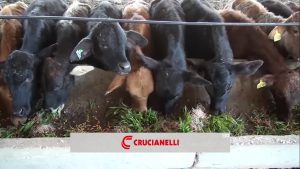
Production costs
The investments needed to produce HGF will depend on the scale of production. The analysis of HGF production costs show that considering the risks of droughts or other unfavorable climatic phenomena, animal losses and seed costs, HGF presents an economically viable alternative which deserves to be considered by small and medium producers.
The breakdown of costs reveal the great advantage of this production system due to its significant low level of fixed costs in relation to conventional forms of forage production, as it does not require agricultural machinery for planting and harvesting.
However, the installation cost can be high. In this sense, some producers have shown that with simpler systems, under common greenhouses or with the use of shade meshes and, on the ground, results are also very satisfactory.
Another negative aspect to consider is the hours of work required. Since the planting of the HGF must be daily if it is intended to be fed to the animals every day.
Conclusions
Hydroponic green fodder is a method that offers very interesing advantages: water savings, high yield, low environmental impact, and fundamentally, an excellent food source.
The production of hydroponic green forage is an excellent alternative within a new concept of agricultural production, since it does not require large areas of land or large volumes of water. This form of production is a way to obtain fresh, healthy and high nutritional fodder to feed animals at low cost, in a sustainable manner and in a short time.
[/register]
Subscribe now to the technical magazine of animal nutrition
AUTHORS
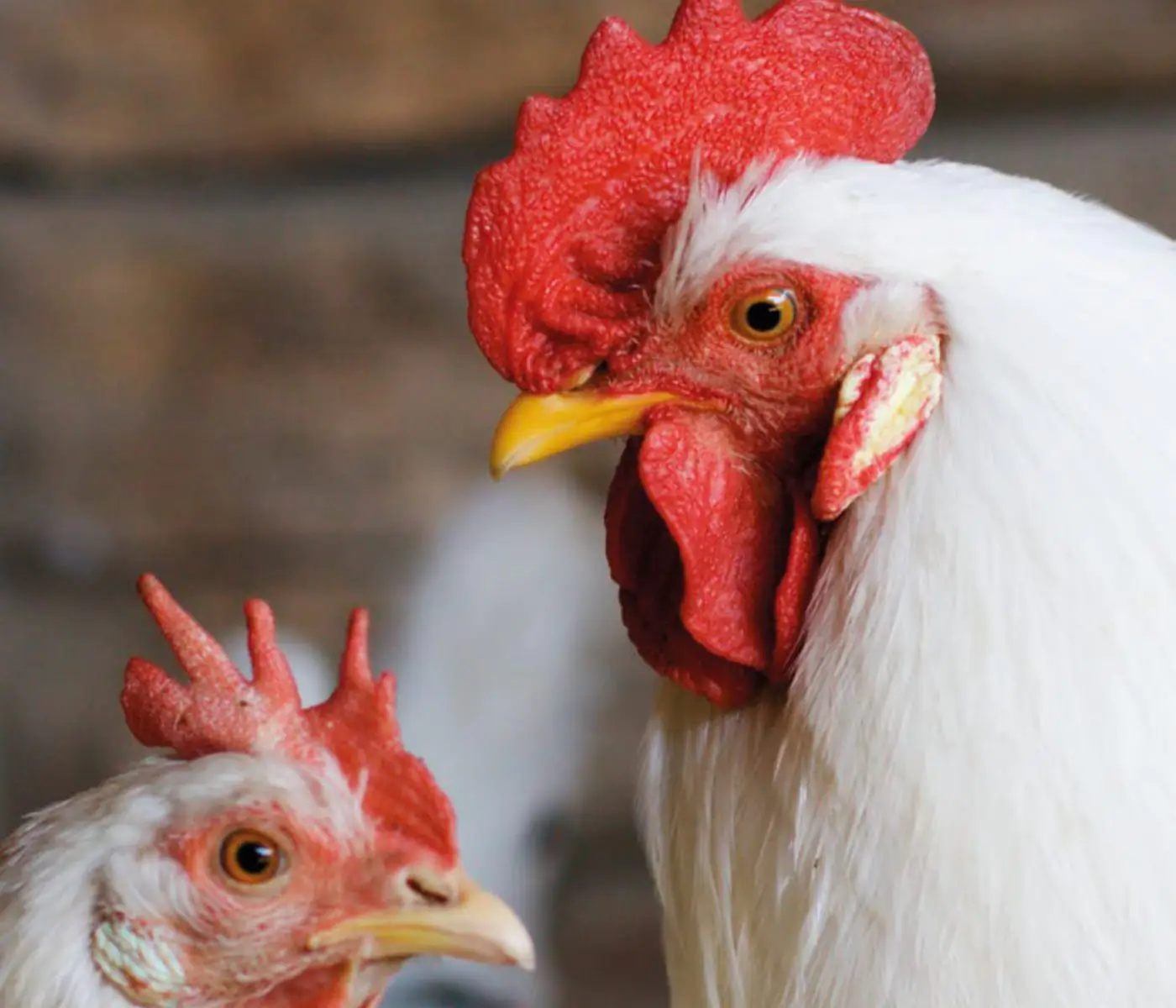
Nutritional Interventions to Improve Fertility in Male Broiler Breeders
Edgar Oviedo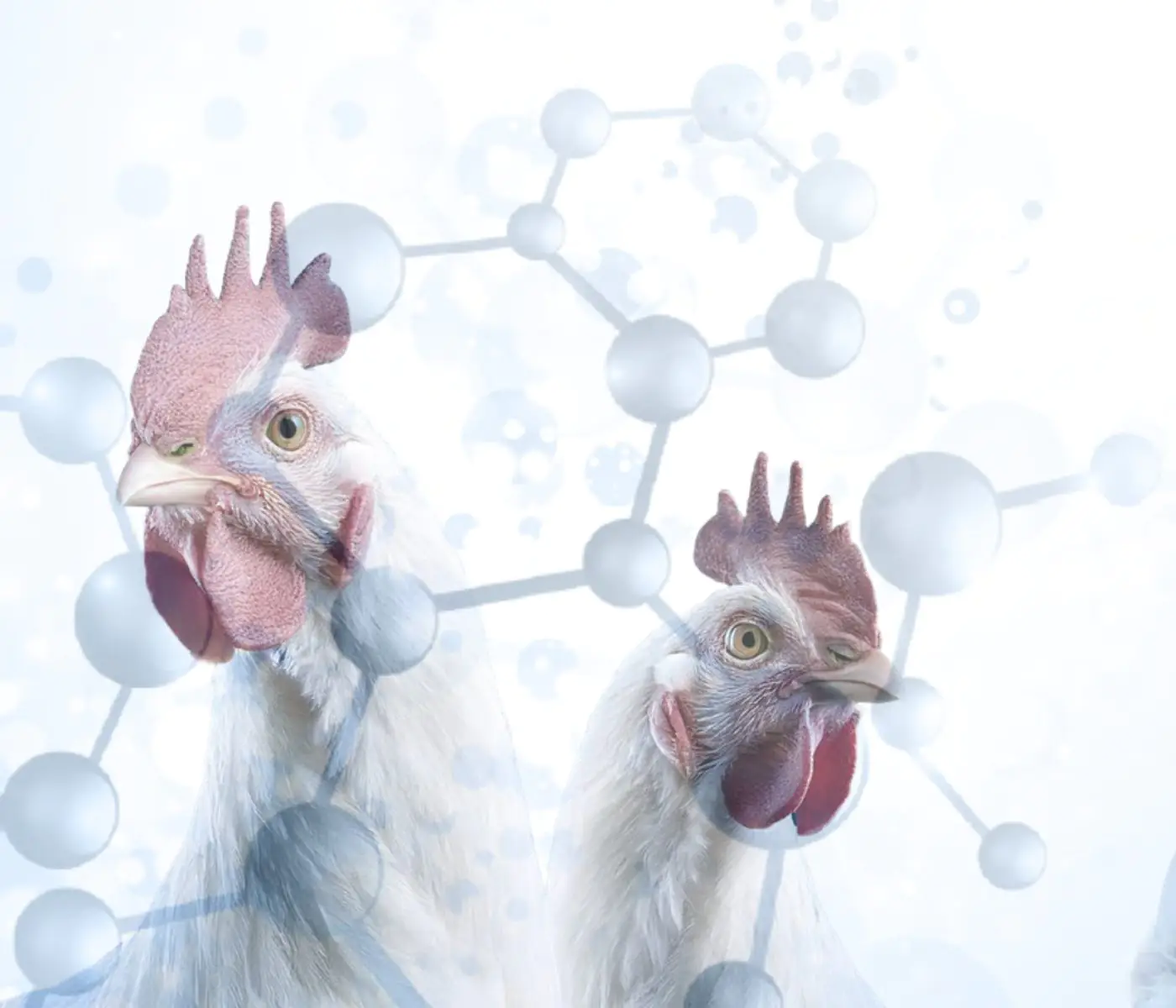
The Use of Organic Acids in Poultry: A Natural Path to Health and Productivity
M. Naeem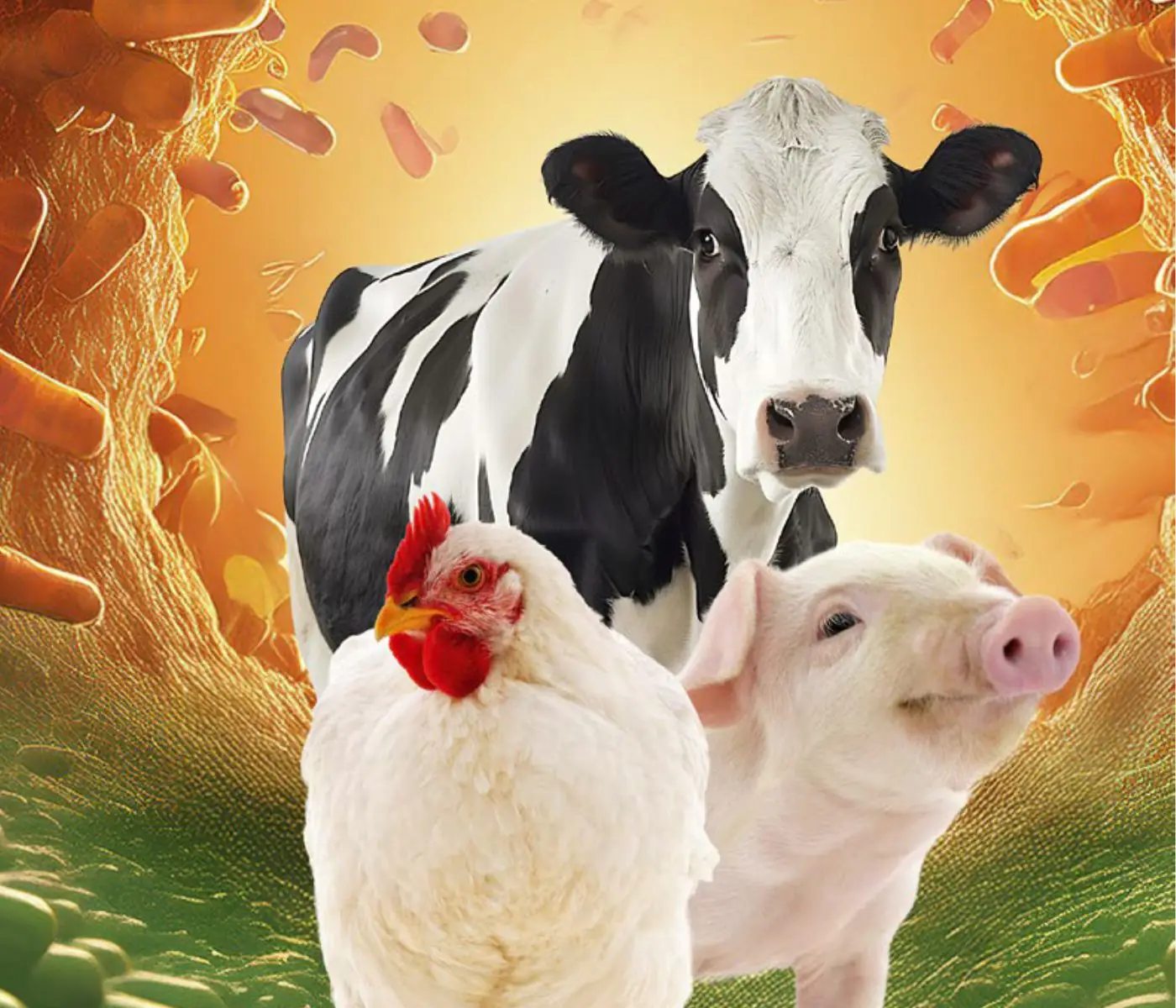
Synergistic Benefits of Prebiotics and Probiotics in Poultry, Swine, and Cattle
Gustavo Adolfo Quintana-Ospina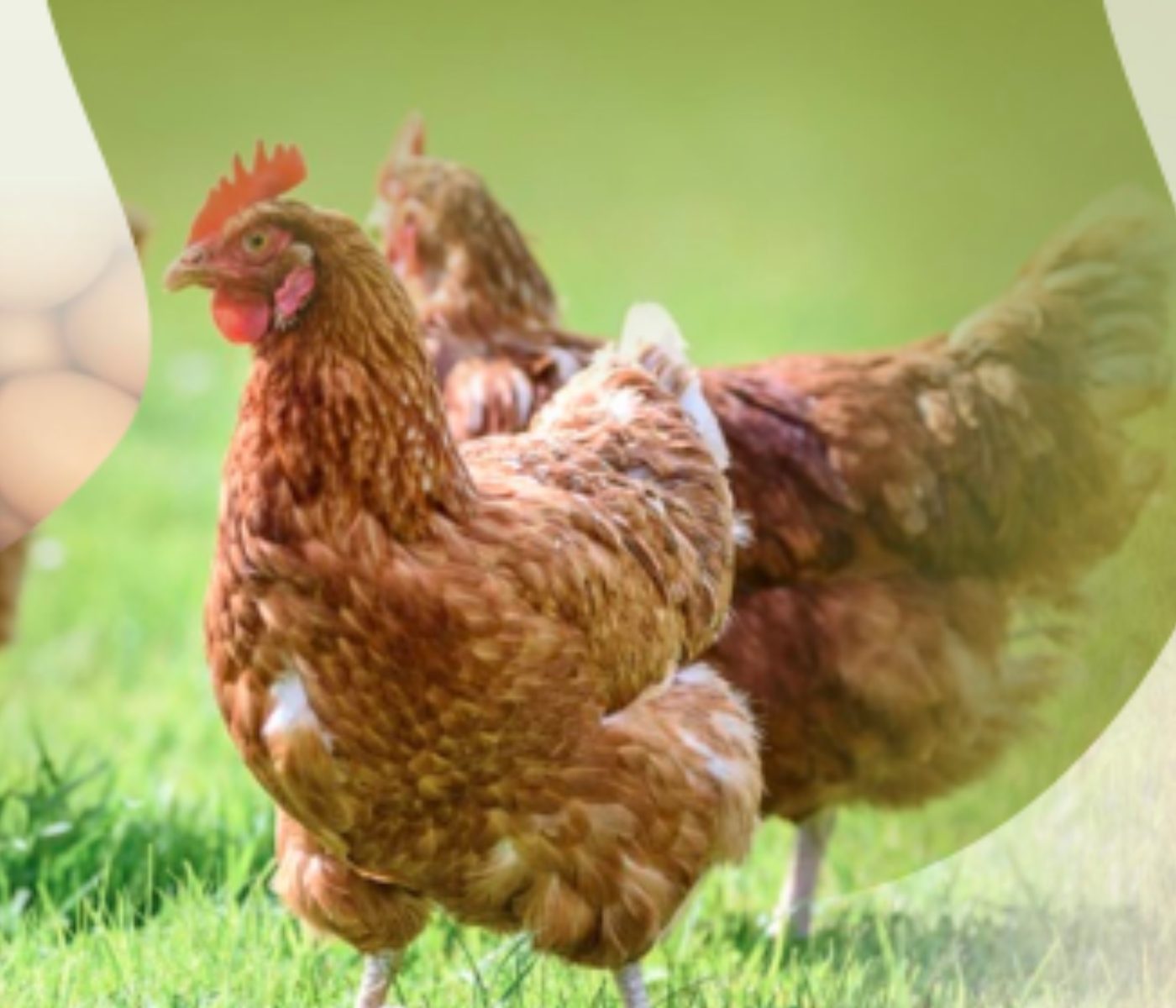
Hybrid Rye Potential in Laying Hen Feed Rations
Gwendolyn Jones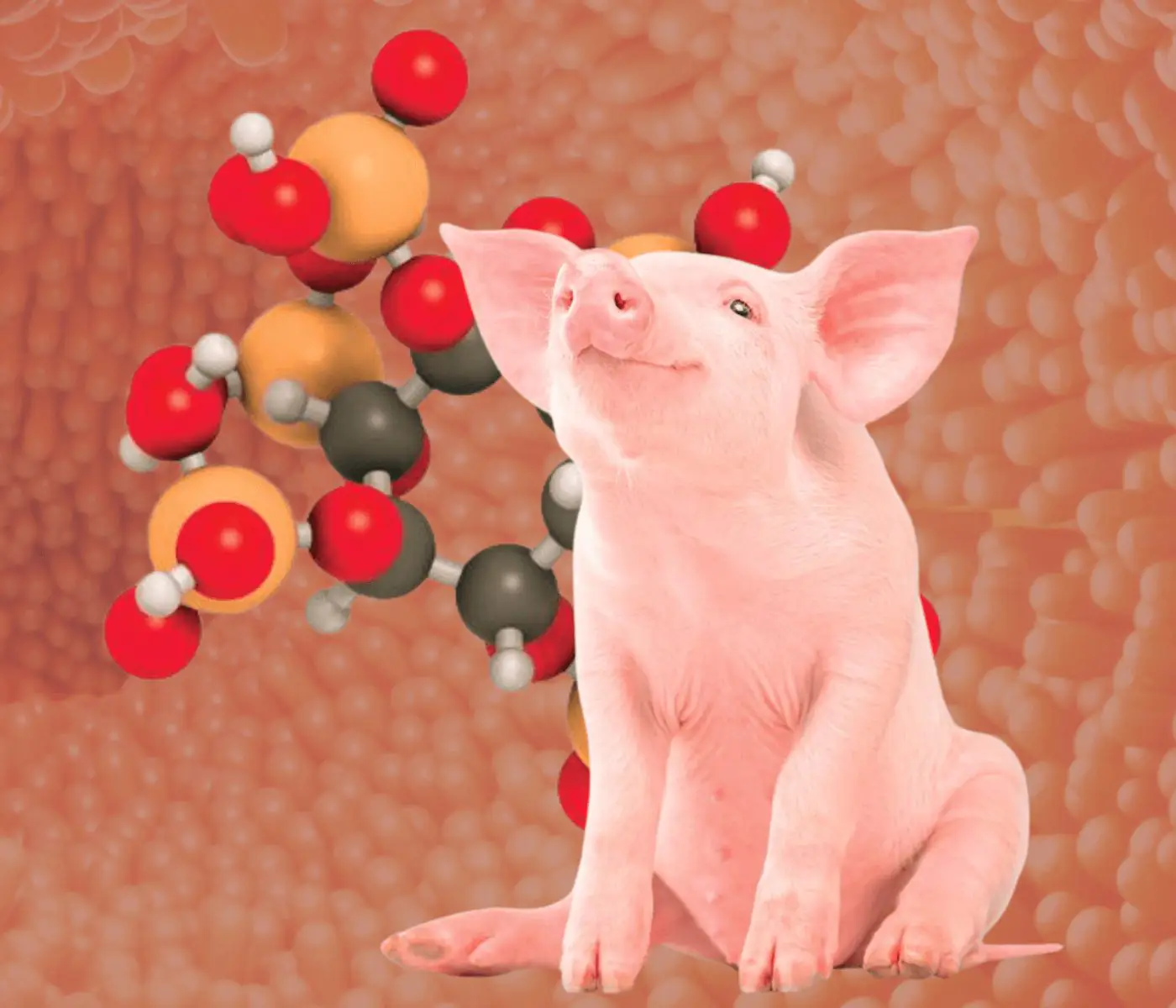
A day in the life of phosphorus in pigs: Part I
Rafael Duran Giménez-Rico
Use of enzymes in diets for ruminants
Braulio de la Calle Campos
Minerals and Hoof Health in the Pregnant Sow
Juan Gabriel Espino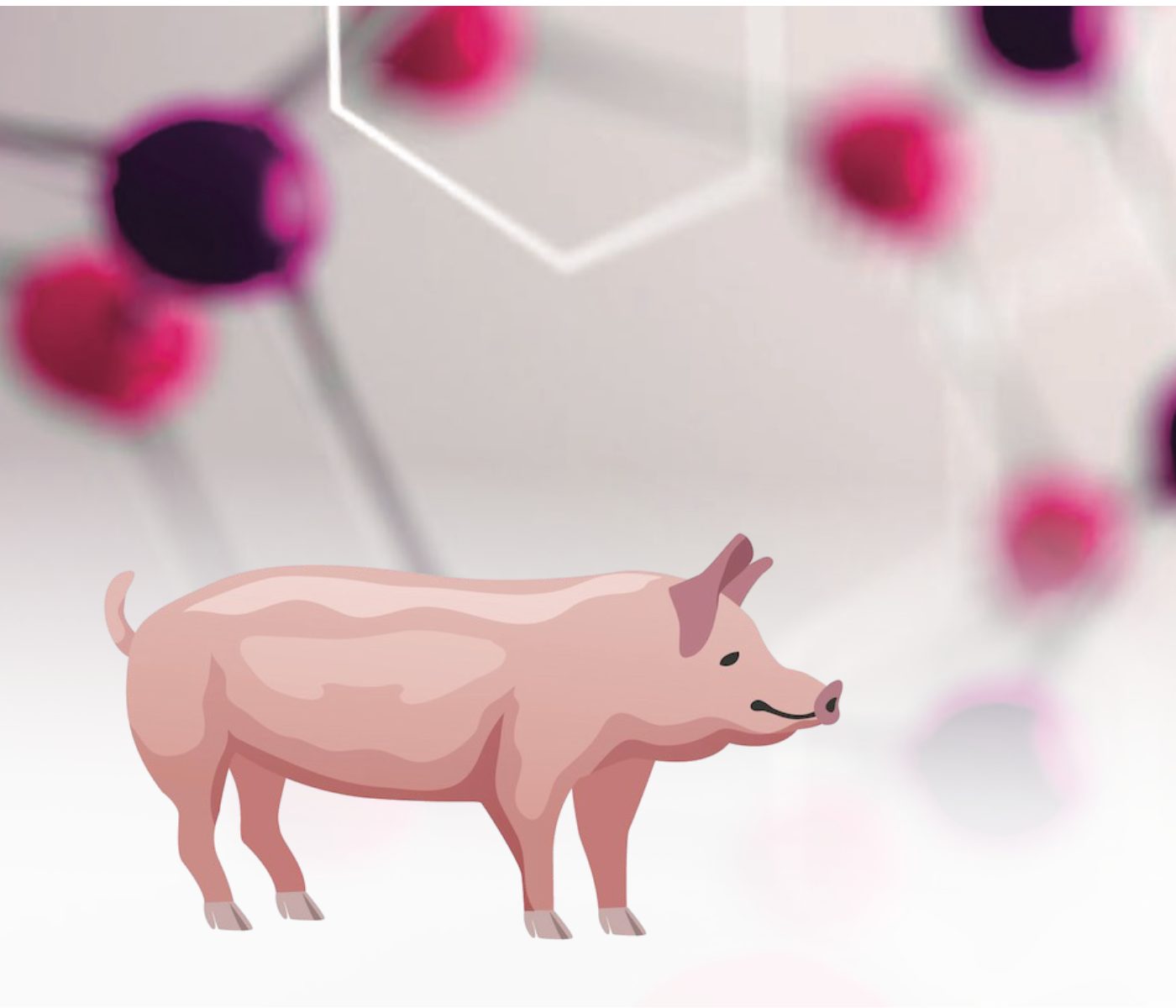
Impact of Oxidized Fats on Swine Reproduction and Offspring
Maria Alejandra Perez Alvarado